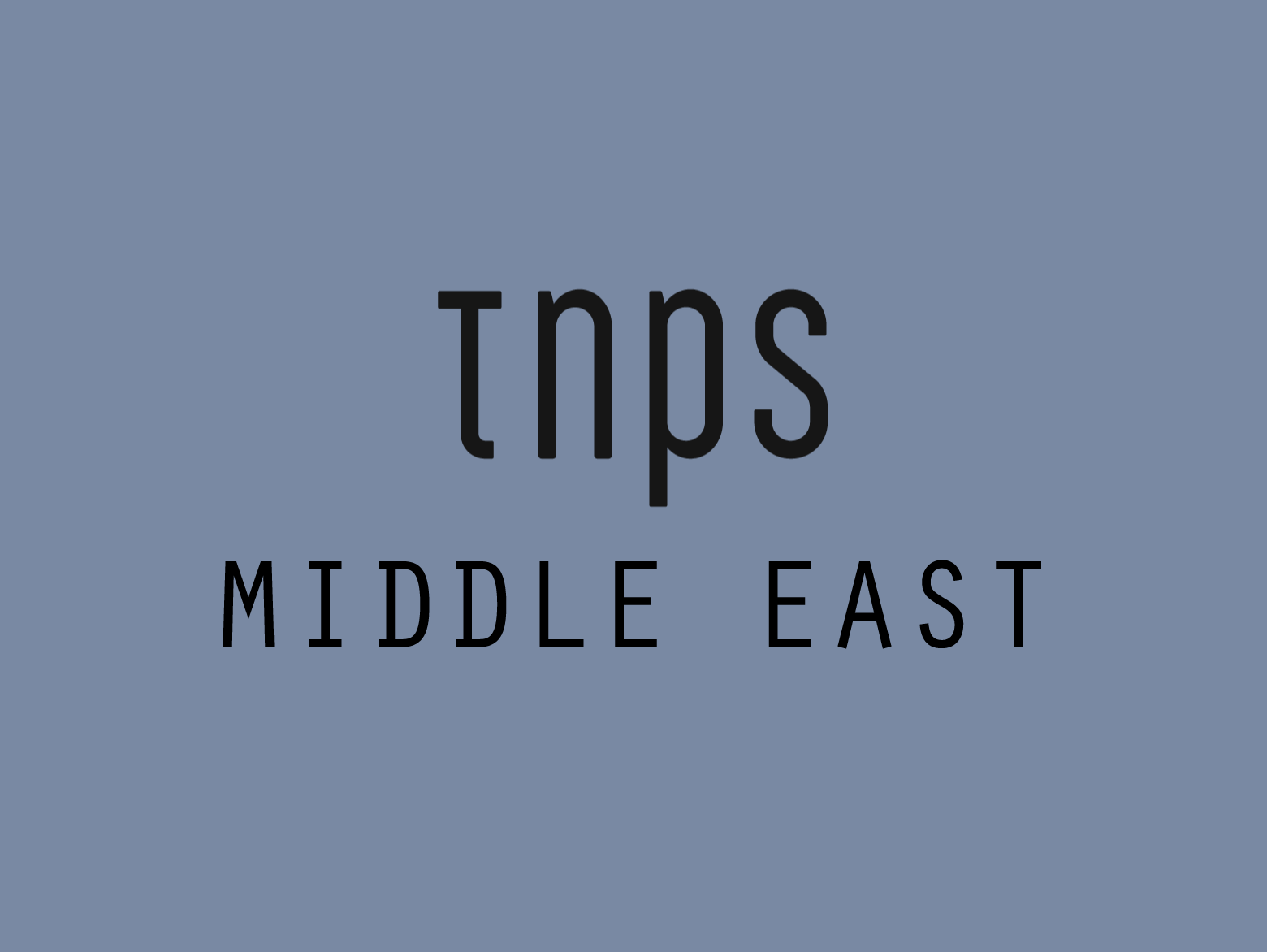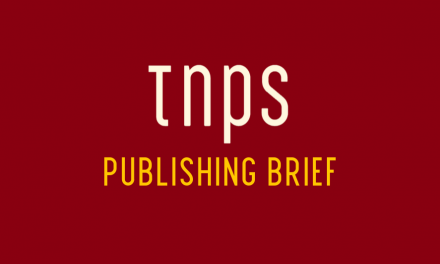The Arabic Childrenʹs Literature Festival was held last month in Munich, reports Qantara, where at the city’s Gasteig cultural centre the International Youth Library presented a catalogue of Arabic-language children’s books for German readers.
Qantara, noting that,
Arabic childrenʹs books have been all but invisible in Germany (with) almost no translations into German and very few resources for Arab families in the country’s libraries,
quotes Christiane Raabe, the director of the International Youth Library, as saying,
We want to know what stories are told to children in the Arab world. If we want to grow together, we have to take an interest. Native-language childrenʹs books can build bridges into a culture widely unknown in Germany, one frequently perceived through a stereotyped lens.
This is particularly important at a time when Germany, like much of Europe, is receiving refugees from Arab lands in crisis.
Explaining that the Syrian Kurdish cultural historian Azad Hamoto curates the titles, Qantara says the move is,
intended to encourage libraries, kindergartens and schools to buy books in Arabic. The idea is that the books can give a little piece of home back to children who have lost everything on their way to Germany, while supporting their language development.
Speaking at the Festival, the Lebanese publisher and author Nabiha Mheidly offered a wider pan-Arab perspective.
Arabic childrenʹs books have made huge leaps over the past years. The quality of their writing, illustrations and production has improved significantly,.
Mheidly speaks with some authority. Her Al-Hadaek publishing house, founded in Beirut in 1987 and now publishing writers from Egypt, Syria, Oman, Bahrain and Tunisia, was the first press in the Arabic world to publish only books for children and young adults.
Childrenʹs books have been booming in the Arabic world since around 2012,
Mheidly adds, thanks to new prizes and awards, especially in the Emirates. YA is still thin on the ground, but growing.
New childrenʹs presses have sprung up, especially in Lebanon, the Emirates and Jordan. But, says, Qantara,
Print runs are still small, compared to the population; in comparison to some other parts of the world, the region does not have a great many readers. One of the main challenges for Arab publishers is distribution. There are no book distributors or wholesalers, which makes getting books into shops complicated and expensive.
So where do books get bought?
The most important buyers are private schools.
But if educational books were all the rage at the turn of the century, nowadays the Arab children’s book world more closely reflects what we are used to seeing in the west. From Qantara:
Books are picking up on new subjects, for example “Alyaa and the Cats” (Alya wa al Qitat at-talat) by the Moroccan writer Amina Hashimi Alaoui. Her book about pregnancy and birth is a novelty for the Arab world.
Neglect, teenage conflicts and family rows are no longer taboo.
In “I Have Not One House but Two Houses”, the Lebanese writer Lorca Sbeity (born 1979) tells the painful story of a separation from a childʹs perspective. Parenting roles have also changed. “You wonʹt find the cliche of father reading the newspaper while mother cooks in todayʹs childrenʹs books,” says Mheidly. Childrenʹs writers are reflecting changing societies.
In a final observation on how Arab children’s literature is developing, Qantara says,
Illustrators have developed a visual language of their own, according to the Egyptian illustrator Walid Taher. Especially in Egypt, he says, there is now a school of artists who have emancipated themselves from their Italian and French role models.





